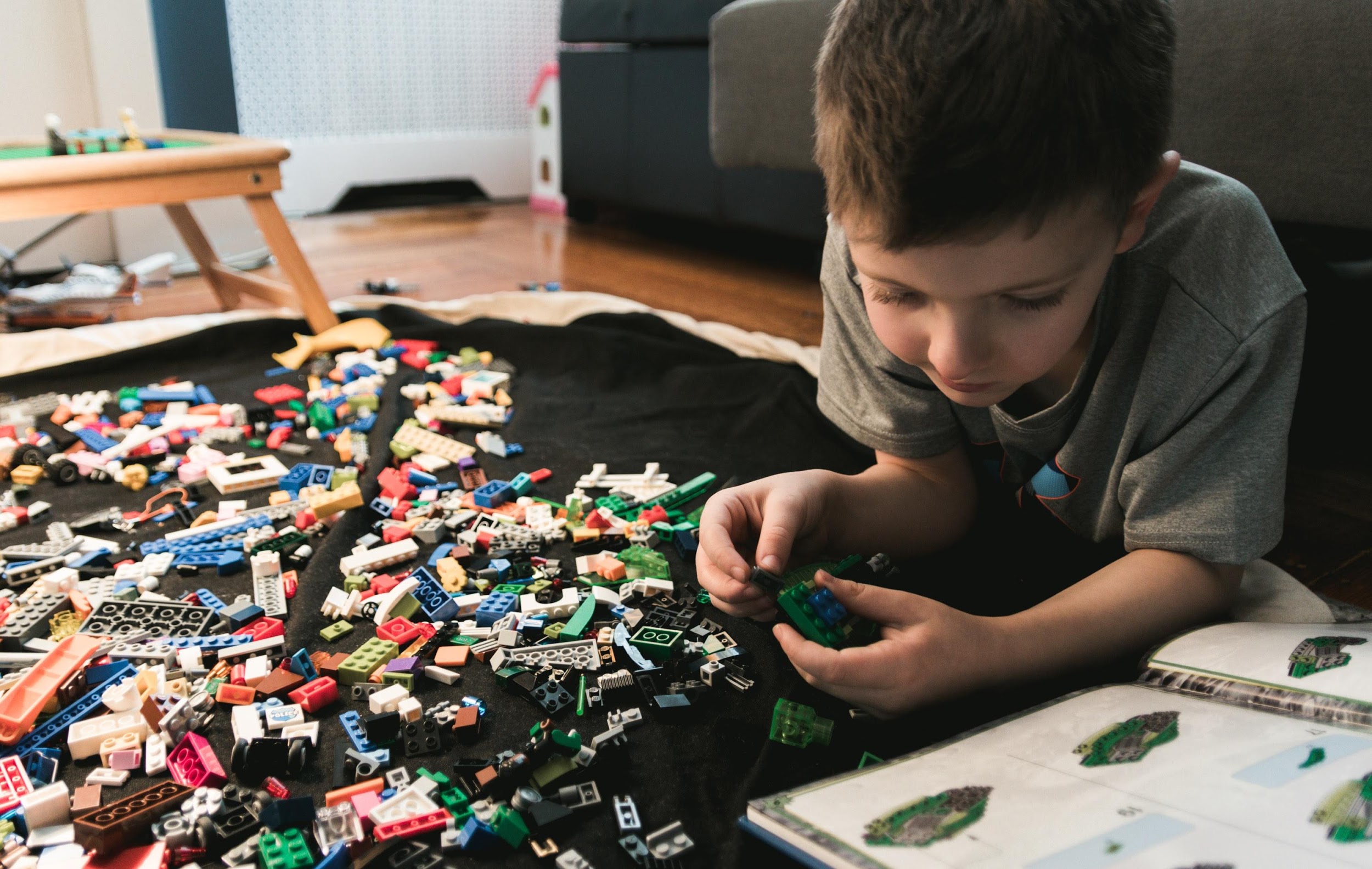These days, a walk down grocery store aisles shows emptied shelves where toilet paper, hand sanitizer, cleaning products, and bulk food items once stood. Basic essentials like food, health, and cleaning products are still top-selling items, but other product categories are seeing a rise in popularity.
The new age of consumerism
The arrival of COVID-19 has upset all aspects of daily life and has forced a shift in consumer behavior. With mass closures of retail stores and commercial centers and strict shelter-in-place rules, consumers are turning to e-commerce to shop for essential and non-essential products. Many retailers break down essential items into six categories: baby products, health and household, beauty and personal care, grocery, industrial and scientific, and pet supplies. The e-commerce sector is exploding with consumer demand, and competition among retailers is high. Consumers are adapting their spending behavior to suit their new living situations.
What product categories are trending?
Shelf-stable and pantry items are in high demand, but interestingly, a lot of consumers are becoming more DIY. Self-isolation has led consumers to make positive lifestyle changes as shown in the growth of bread making machine sales, fitness equipment, smoking cessation tools, and respiratory categories.
As shelter-in-place orders took hold, shoppers went into a panicked stock-piling mode for staple products the more it became clear that staying at home would be the new normal. Many buyers rushed to purchase non-perishable groceries, cleaning supplies, health products, pet supplies, and home office equipment. Now that the initial panic spending has calmed, consumers have shifted focus to home entertainment goods. The sales of books, video games, board games, puzzles, and toys are on the rise as people realize that access to essentials will continue, and that their shopping can address more than food and shelter.

Spending trends also reflect the fact that many shoppers have fallen on difficult financial times and have to restrict discretionary spending. Those who have the financial means to purchase more than basic groceries and household items are looking for constructive ways to pass the time while sheltering-in-place. Trends toward self-improvement and constructive activities have led to increased sales of gym equipment, sport and outdoor items, home improvement, and health and beauty products.
Where can you shop online?
As retail stores continue to keep their doors shut to shoppers to prevent the spread of COVID-19, buyers are being encouraged to shop online from the comforts of their homes. Instead of searching for “women’s clothing stores near me” to go shopping for new summer styles, Chico’s features their entire collection online. Dress up during self-isolated downtime with comfortable, casual looks from the Zenergy collection, effortlessly feminine and easy one-piece dresses, or casual girlfriend denim styles. With additional discounts on sale items and free returns offered on all orders, Chico’s has what it takes for doorstep fashion.
It’s a buyer’s market for those who still have the economic means to purchase big-ticket non-essential items. The automotive industry has felt the squeeze of COVID-19, with thousands of new-car showrooms shuttered and inventory with nowhere to go. The car-buying process has shifted to shopping from home, with negotiations happening over email or phone. Car dealers are desperate for revenue which puts the negotiating power in the hands of the buyer. Shopping with a car loan pre-approval can expedite the buying process and help save more money on the purchase price, with the approval process for a new car loan possibly taking up to four business days. Auto loan preapproval helps buyers set a realistic budget, determine a monthly payment, get a cheaper interest rate, and avoid being upsold at the dealership.

The new normal of living through COVID-19 hasn’t been an easy transition, but the more that people adapt to a new lifestyle, they can see that things don’t have to be scary. Buyers are looking ahead to the future, shifting from panic buying to fulfilling needs for protection, entertainment, and connection.
 2018 ·
2018 ·